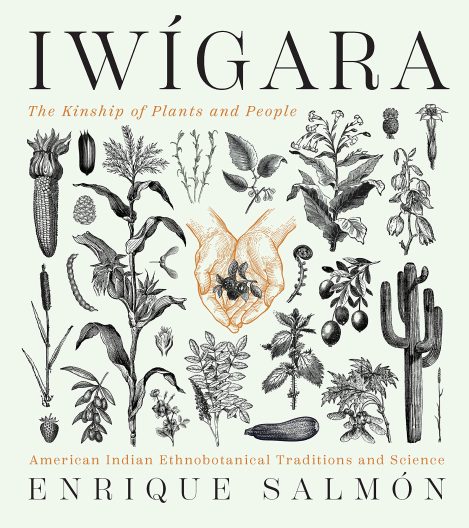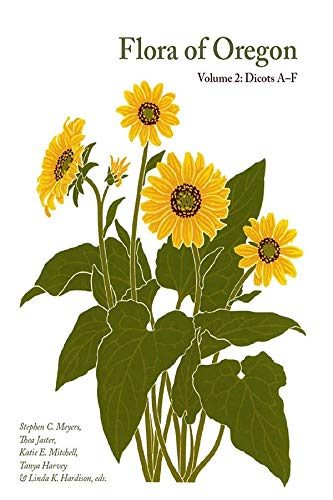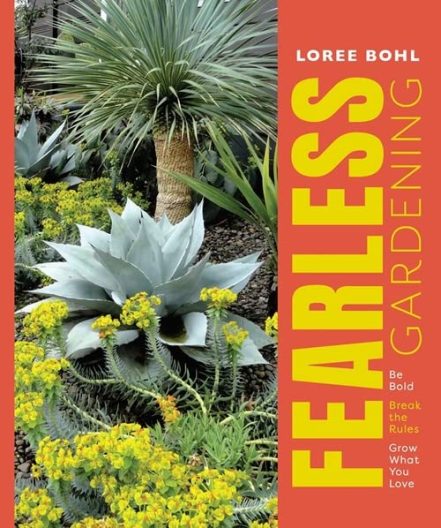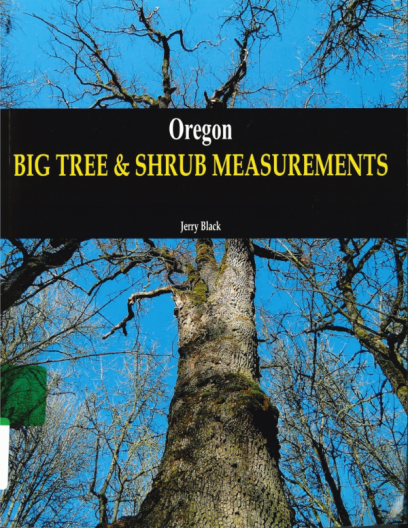 The earliest gardeners in North America were not European settlers but the peoples of the indigenous nations, especially in our region. “All native peoples of the West Coast engaged in some form of complex and sophisticated ‘gardening’ of their homelands.”
The earliest gardeners in North America were not European settlers but the peoples of the indigenous nations, especially in our region. “All native peoples of the West Coast engaged in some form of complex and sophisticated ‘gardening’ of their homelands.”
This observation is by Enrique Salmón, the author of a new book on American Indian ethnobotanical traditions. The book’s title tells part of the story. “Iwígara” (i-WEE-jah-rah) is the concept that humans are no greater than other forms of life in the natural world, including both plants and animals.
Ethnobotany, the study of the use of plants by human cultures, is an important way to understand different civilizations. Sadly, much of the existing literature can bog down in academic minutiae. Not so with “Iwígara” and Salmón’s excellent story-telling! This is a lively and thoroughly readable account of eighty plants significant to the indigenous nations of North America, told using delightful legends and the common practices that have bonded peoples and the plants of their local landscape.
Salmón is an accomplished scientist and an active collaborator with others in his field and he used that network to help determine the plants to include. He also brings a more personal viewpoint. As a member of the Rarámuri (rah-RAH-mer-ree) nation of northwestern Mexico, he learned the plant traditions from his mother, grandmother and other family members “who were living libraries of indigenous plant knowledge that has been collected, revised, and tested for millennia.”
An example is the entry on cedar. “Native peoples in the Pacific Northwest tell a story about a good man who gave unceasingly to his community.” After his death, “the Creator, so impressed with the life this man had led, decided that a great useful tree would grow from the man’s burial site.” According to this legend, this was the first western red cedar (Thuja plicata).
Indeed, this is a useful tree to many regional cultures for buildings, canoes, tools, clothing, and medicines. Throughout “Iwígara,” well-chosen photographs, both old and new, enhance the stories. “Cedar” is highlighted by an impressive 1914 photograph of Kwakiutl cedar mask dancers.
Published in Garden Notes: Northwest Horticultural Society, Summer 2021
 The second volume of “Flora of Oregon” continues the excellent work of volume 1, released in 2015, by focusing on the families of dicots from A to F. The third and final volume, in preparation, will be about the remaining dicot families.
The second volume of “Flora of Oregon” continues the excellent work of volume 1, released in 2015, by focusing on the families of dicots from A to F. The third and final volume, in preparation, will be about the remaining dicot families. “Gardening is not a straight line. There are many detours along the way, and thankfully, you never actually arrive at the finish.” This is a motto of Loree Bohl, a Portland gardener and author of “Fearless Gardening.”
“Gardening is not a straight line. There are many detours along the way, and thankfully, you never actually arrive at the finish.” This is a motto of Loree Bohl, a Portland gardener and author of “Fearless Gardening.” The world champion Douglas-fir in height is found in Coos County, Oregon. But what if your interest lies in smaller trees? For example, the tallest vine maple (Acer circinatum) in the country is 46’ high and found in Clatsop County, Oregon. This detail, along with many, many others can be found in “Oregon: Big Tree & Shrub Measurements” by Jack Black.
The world champion Douglas-fir in height is found in Coos County, Oregon. But what if your interest lies in smaller trees? For example, the tallest vine maple (Acer circinatum) in the country is 46’ high and found in Clatsop County, Oregon. This detail, along with many, many others can be found in “Oregon: Big Tree & Shrub Measurements” by Jack Black. Dan Hinkley newest book, “Windcliff: A Story of People, Plants, and Gardens,” is largely about that garden, his residence of the last 20 years with his husband, Robert Jones. As hinted at in the sub-title, the book is also a memoir about Hinkley’s youth in a small, Michigan town and the world-wide network of friends and colleagues he has developed through horticulture and plant exploration.
Dan Hinkley newest book, “Windcliff: A Story of People, Plants, and Gardens,” is largely about that garden, his residence of the last 20 years with his husband, Robert Jones. As hinted at in the sub-title, the book is also a memoir about Hinkley’s youth in a small, Michigan town and the world-wide network of friends and colleagues he has developed through horticulture and plant exploration. If your garden doesn’t have much space for growing herbs, a container garden might be the answer. I recommend a new book on this topic by western Washington writer, Sue Goetz.
If your garden doesn’t have much space for growing herbs, a container garden might be the answer. I recommend a new book on this topic by western Washington writer, Sue Goetz. There are many rare and unusual trees and shrubs in the Washington Park Arboretum. Standing aside (and sometimes out-competing) these wonderful exotics is the native matrix of trees, especially tall conifers. Perhaps the most iconic of these is the Douglas-fir (Pseudotsuga menziesii). “Douglas Fir: The Story of the West’s Most Remarkable Tree” is a comprehensive new book by Stephen Arno and Carl Fiedler about this tree native from northern British Columbia to the high mountains of Mexico.
There are many rare and unusual trees and shrubs in the Washington Park Arboretum. Standing aside (and sometimes out-competing) these wonderful exotics is the native matrix of trees, especially tall conifers. Perhaps the most iconic of these is the Douglas-fir (Pseudotsuga menziesii). “Douglas Fir: The Story of the West’s Most Remarkable Tree” is a comprehensive new book by Stephen Arno and Carl Fiedler about this tree native from northern British Columbia to the high mountains of Mexico.![[Braiding Sweetgrass] cover](https://depts.washington.edu/hortlib/graphix/braidingsweetgrass300.jpg)
![[The Sakura Obsession] cover](https://depts.washington.edu/hortlib/graphix/sakuraobsession300.jpg)
![[Nature Obscura] cover](https://depts.washington.edu/hortlib/graphix/natureobscura300.jpg)